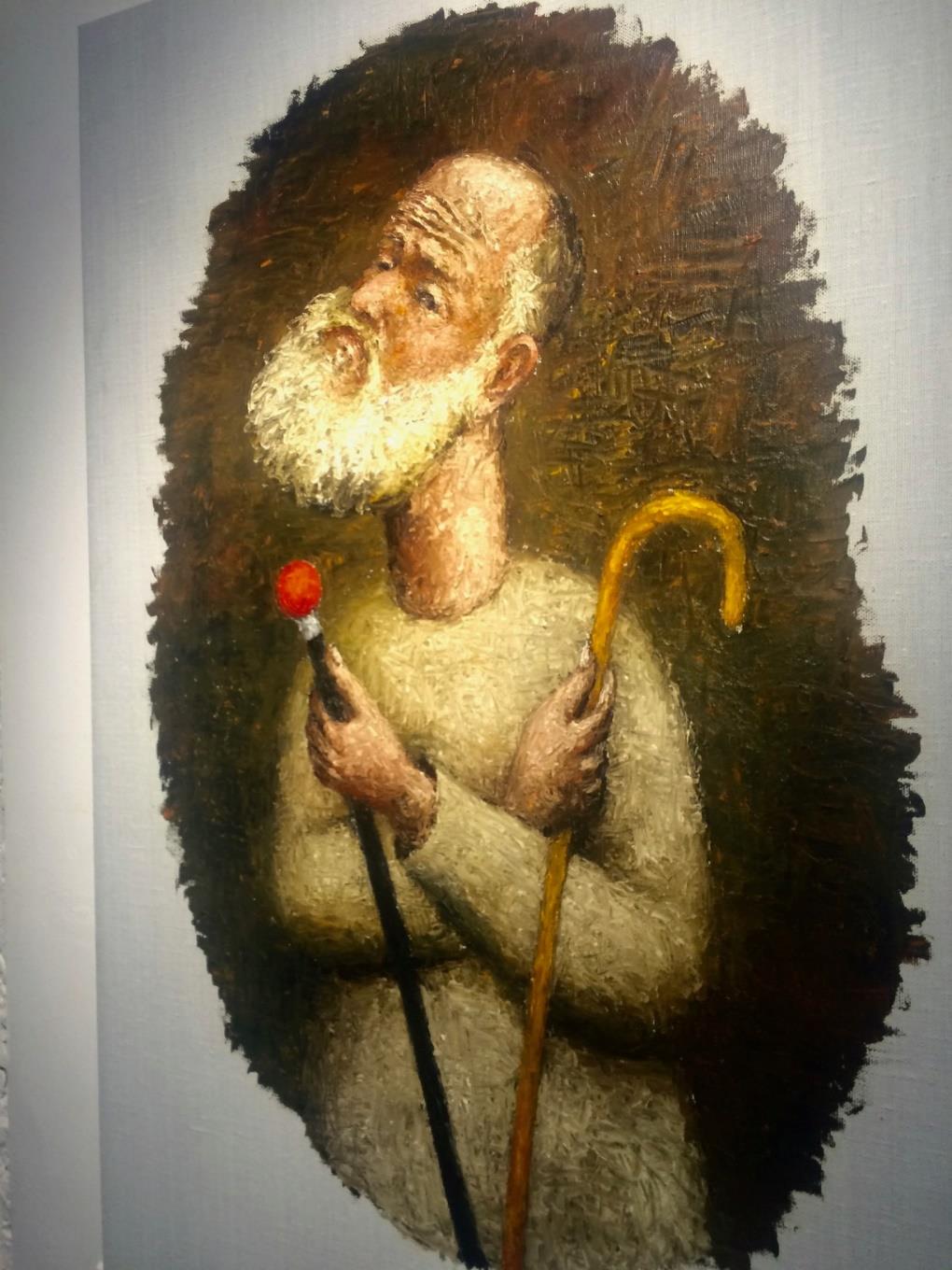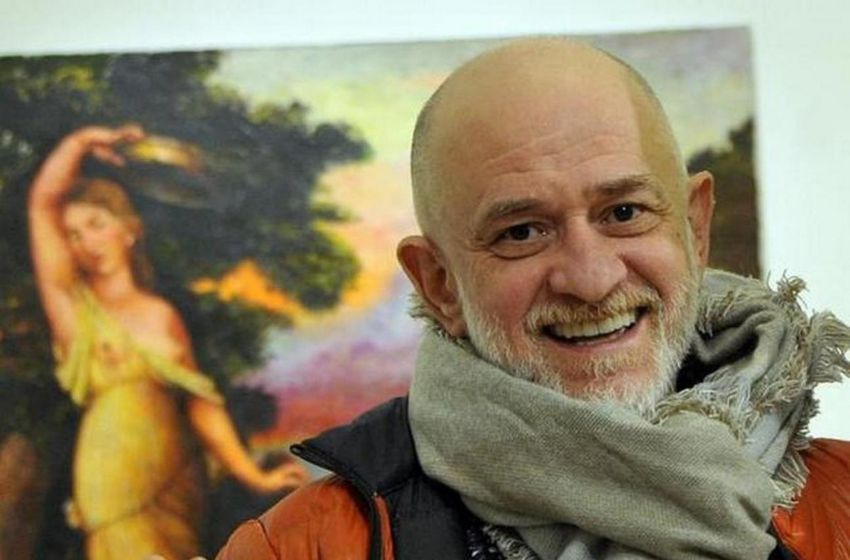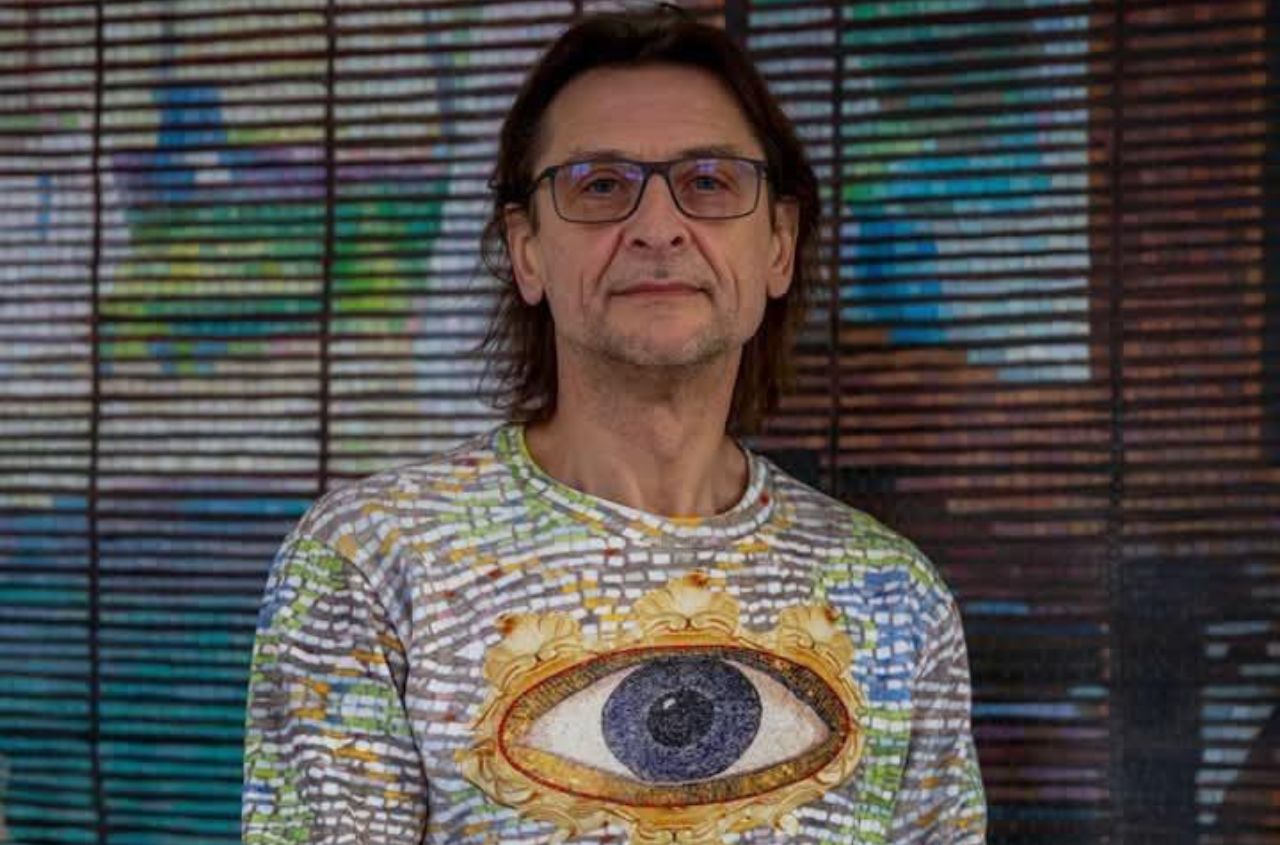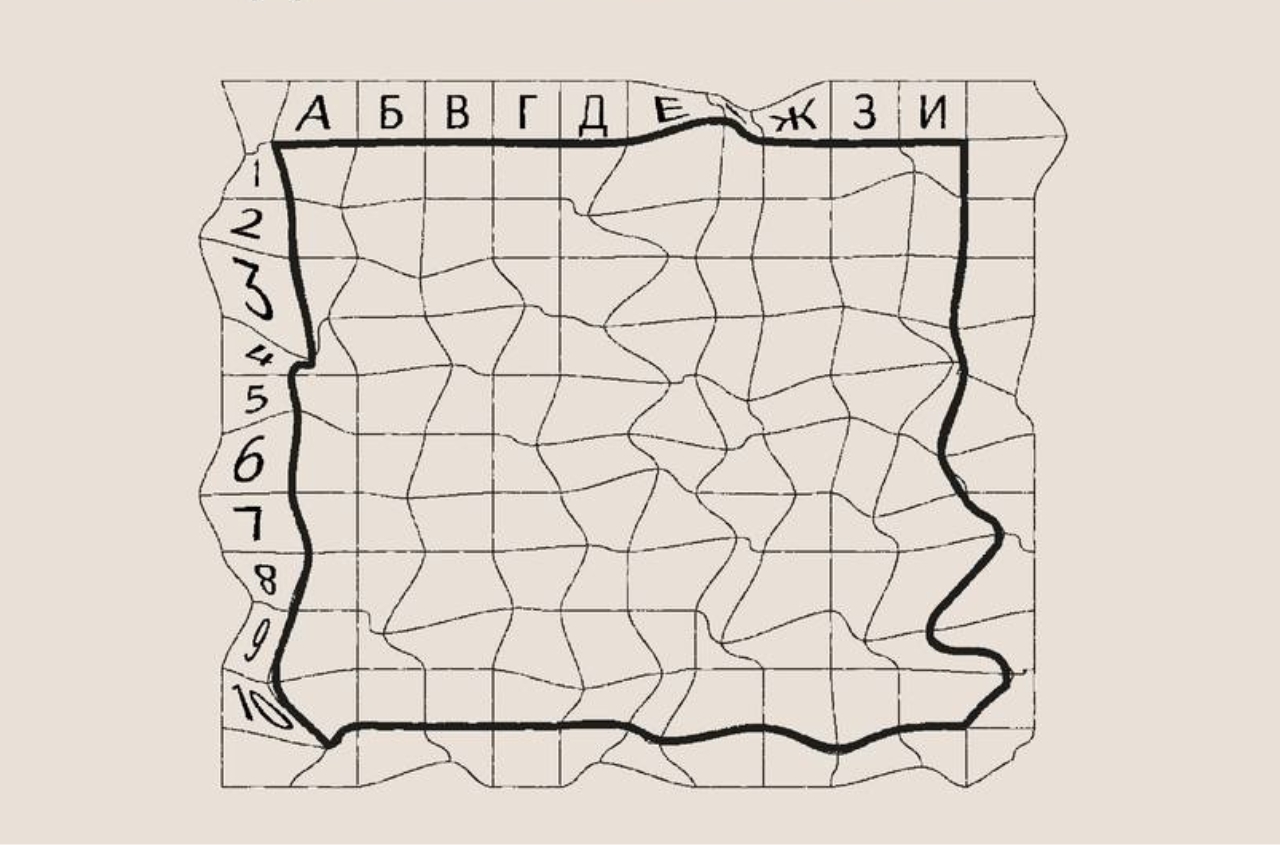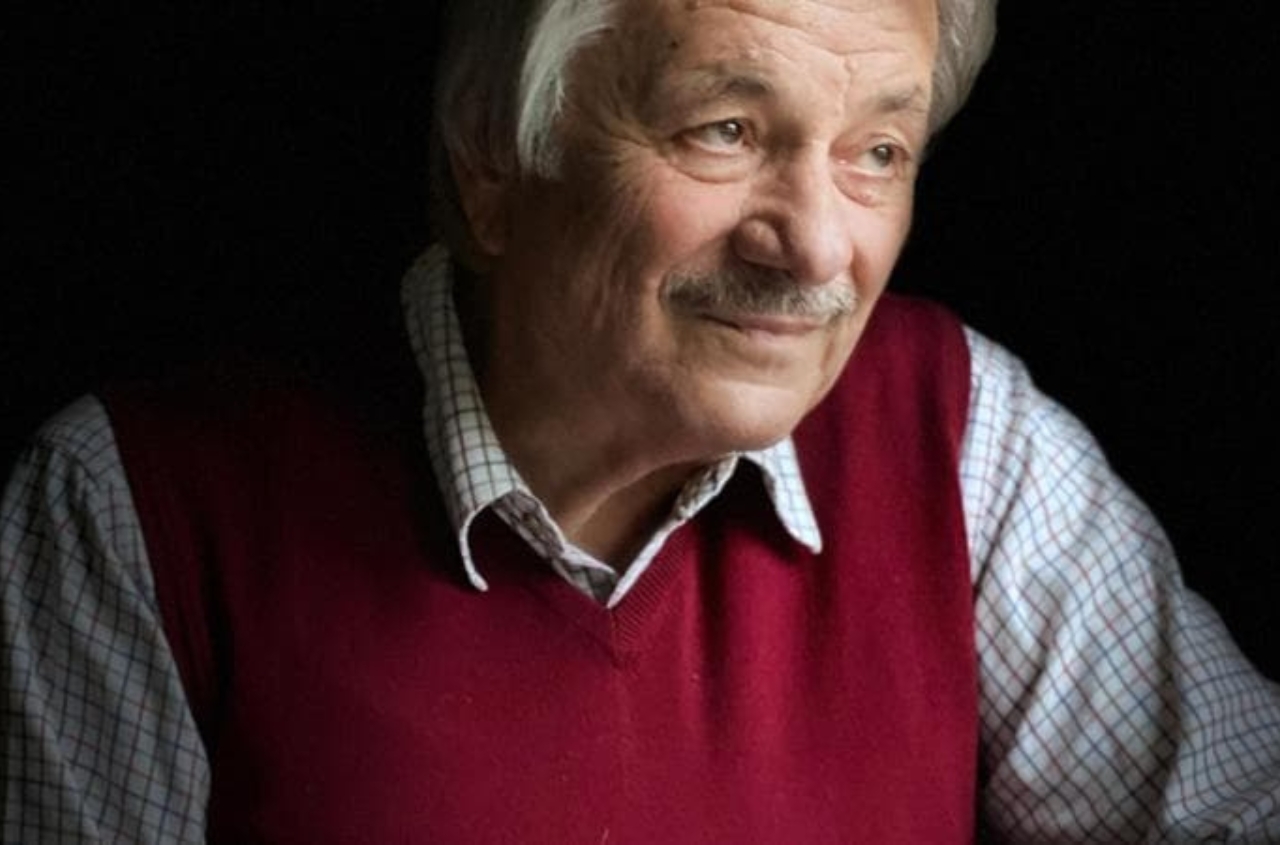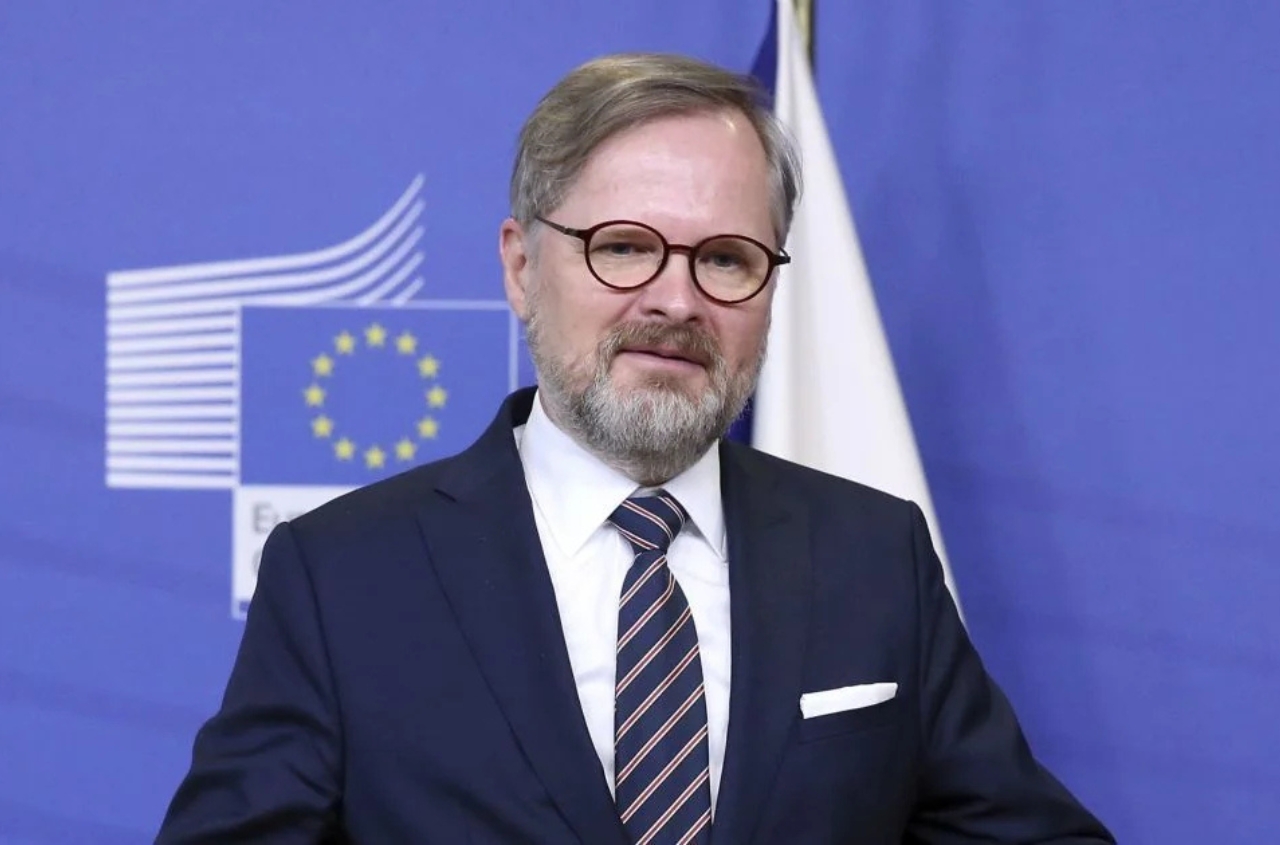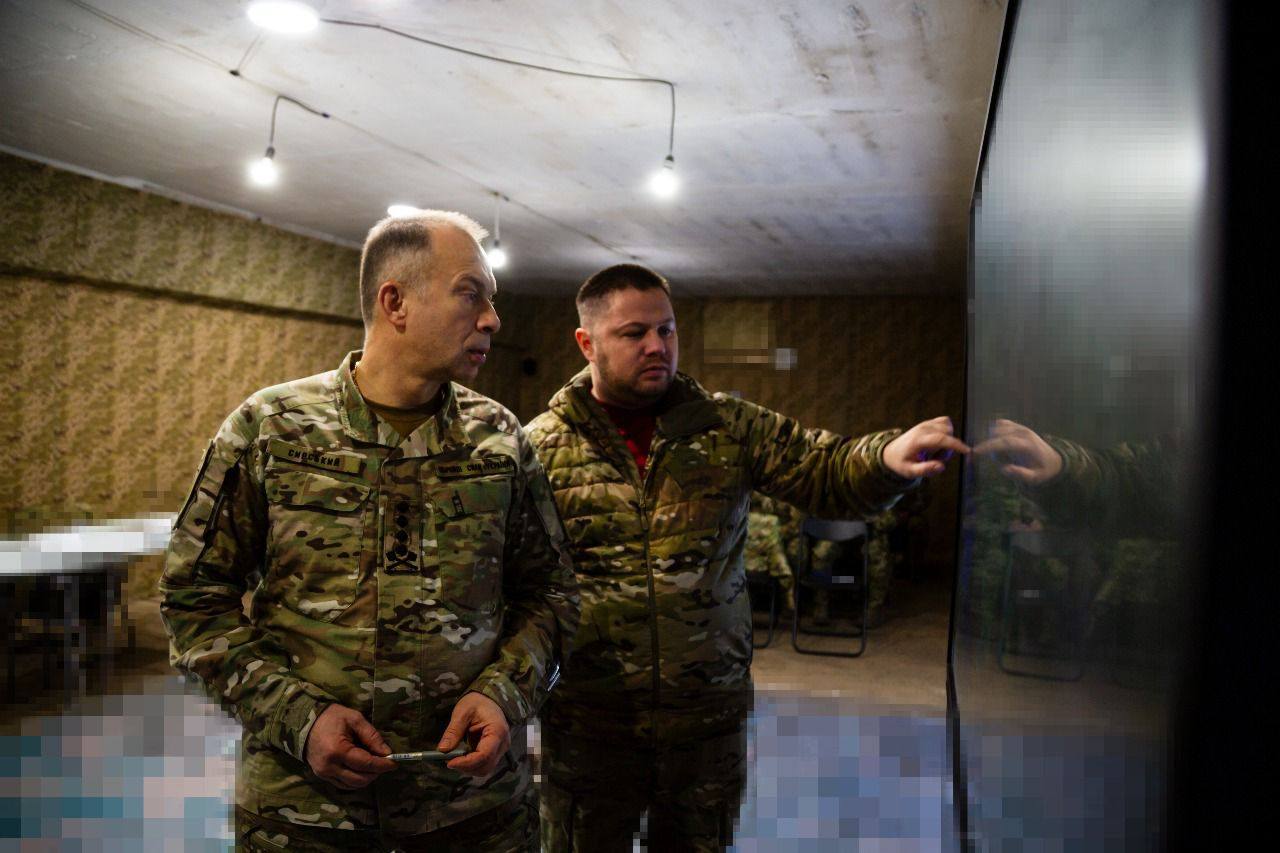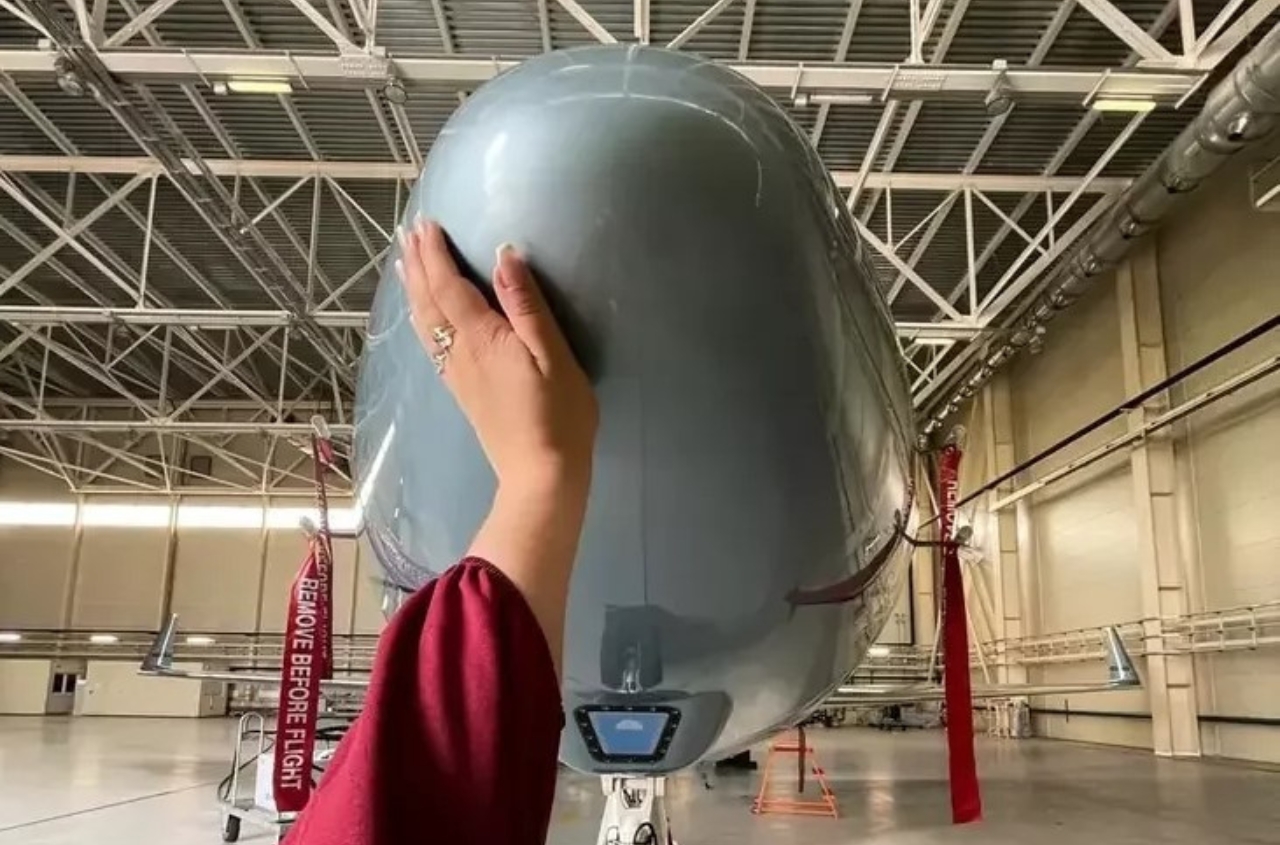Fifth interview through images by Andriy Sheptunov
Oleksandr Roytburd was one of the brightest and most unconventional artists of modern Ukraine. His name became synonymous with freedom, irony, and courage in art. For Odessa, he meant far more than just a celebrated painter: Roitburd was an intellectual leader, a cultural provocateur, and a true “magnet of ideas.” His canvases were never just paintings — they were philosophical commentaries, ironic gestures, and at times bold challenges to society.
His artistic methods always balanced on the edge: between classical heritage and postmodern play, between tragedy and humor, between profound philosophy and biting mockery. That is why his works today are perceived as symbolic keys — to understanding the man himself, to interpreting an entire era, and even to rethinking Odessa.
But Oleksandr was more than a remarkable creator. He nurtured a new generation of artists and introduced the public to ambitious young talents. Thanks to him, many emerging voices found their way into galleries and earned recognition. Among them is APL-315 — the subject of one of our earlier interviews — who was first noticed by Roytburd and, on his advice, introduced to the art community.
Equally important was his social and political role in Odessa. During the 2013–2014 Euromaidan, Royburd became an active participant in the protests. Art critic Alisa Lozhkina recalls:
"He became an active participant in the first wave of protests — pacifist, small in number, yet joyful. His activity on Facebook was so visible that within days he became a hero of the Maidan and a voice of the creative class, openly supporting pro-European sentiments both online and in the square itself. One of the first to step onto this carnival-like Maidan was Oleksandr Roytburd"
His online presence was so influential that an entire section of Antin Mukharskyi’s 2014 book “Maidan. Revolution of the Spirit” was dedicated to Roytburd’s Facebook posts, published under the title “FB-Diary. Selected. Maidan — 2013–14.” In 2018, he went on to sign an open letter of Ukrainian cultural figures in support of Oleg Sentsov, once again affirming his unwavering civic stance and European orientation.
Instead of dry memories or long monologues, we suggest looking at Oleksandr Roytburd through the eyes of his friend, like-minded person, and director of the HUDPROMO gallery, where exhibitions by Oleksandr and Felix Pustynin were held more than once. He answers questions not with words, but with his friend's paintings.
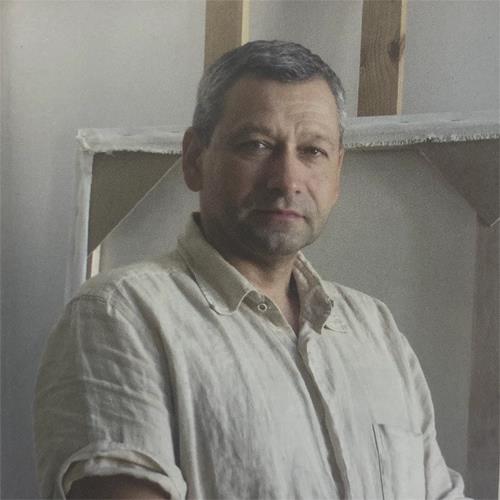
An Interview Without Words, Only Paintings:
1. If you had to describe his character with one painting by Roitburd, which one would you choose?
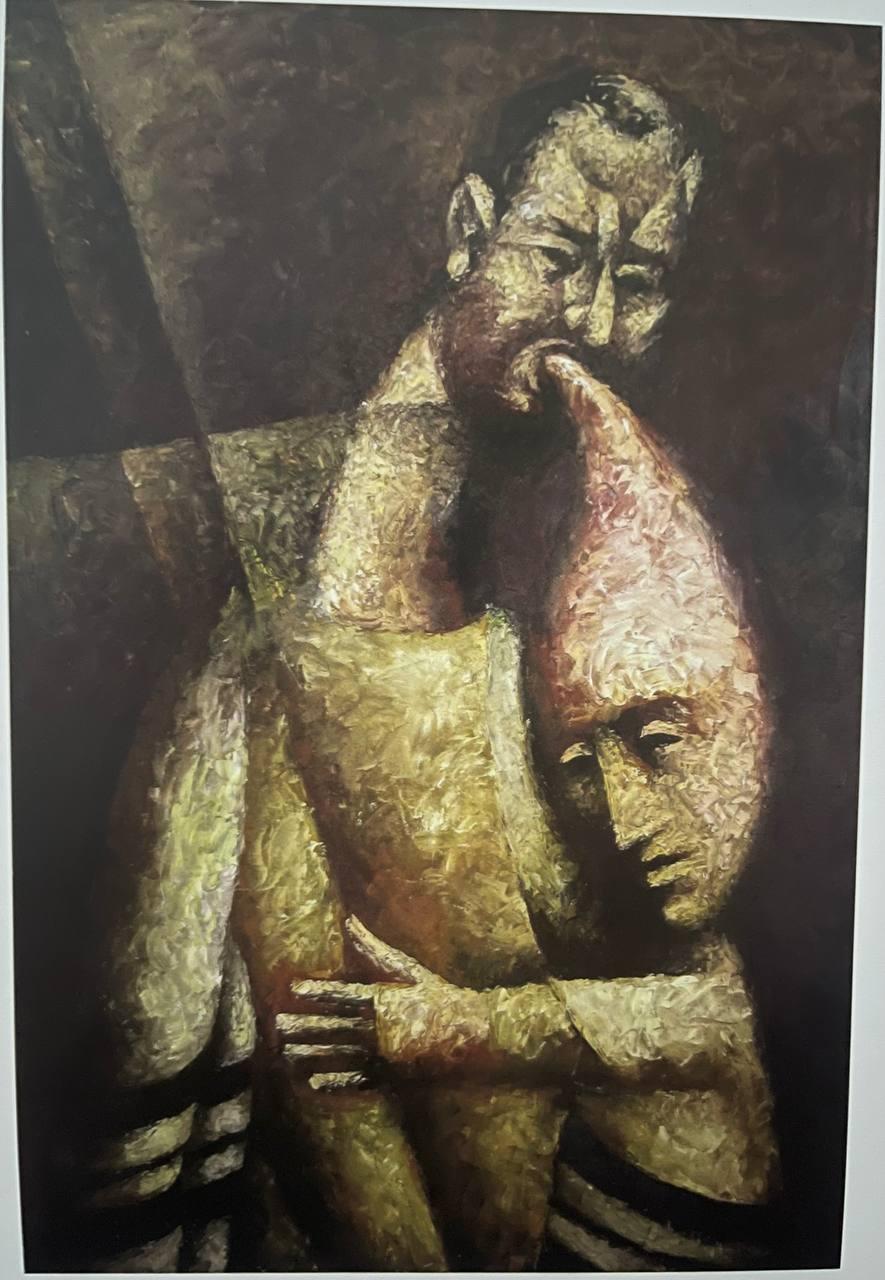
2. Which of Oleksandr Roytburd's works is closest to your heart?
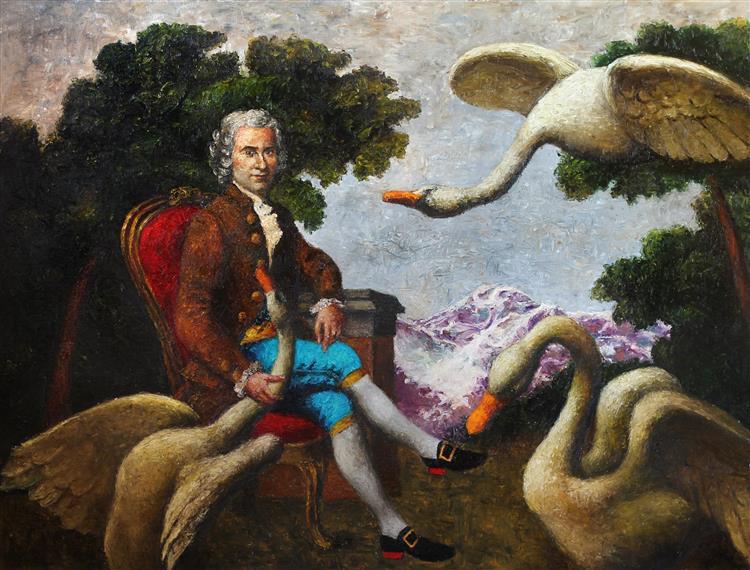
3. Which work, in your opinion, best reflects his sense of humour?
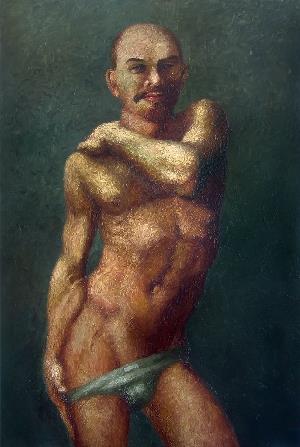
4. If you had to illustrate the word “freedom” through his art, what would you choose?
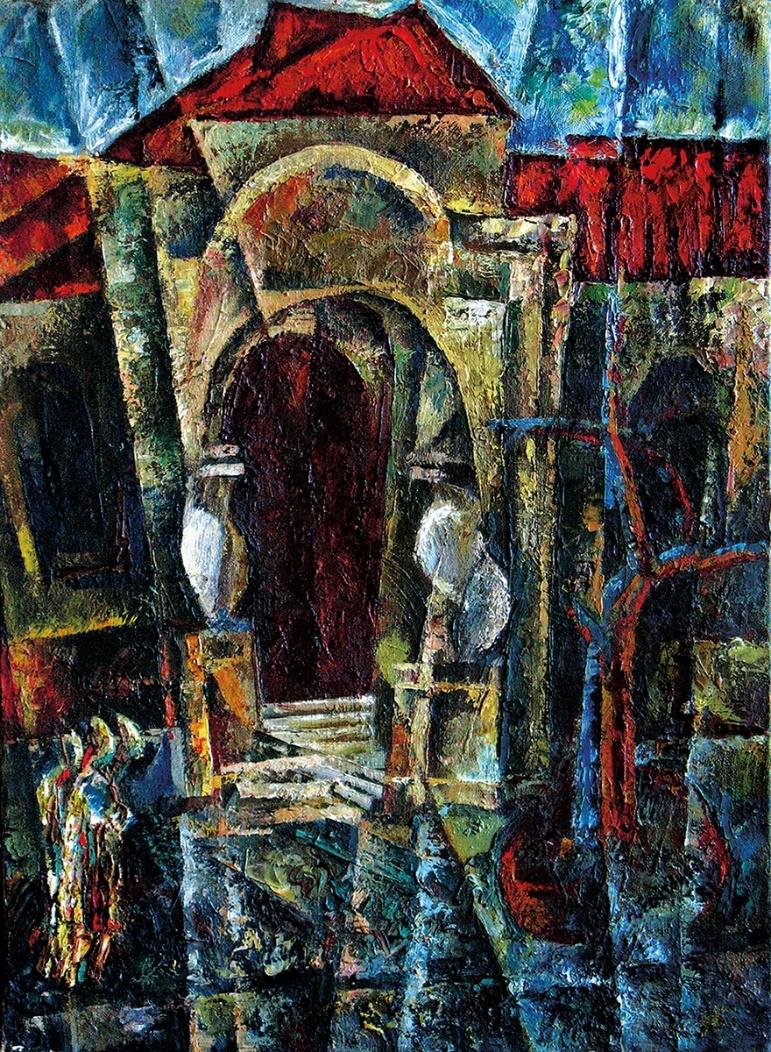
5. Which painting could be called Roytburd’s “visual manifesto”?
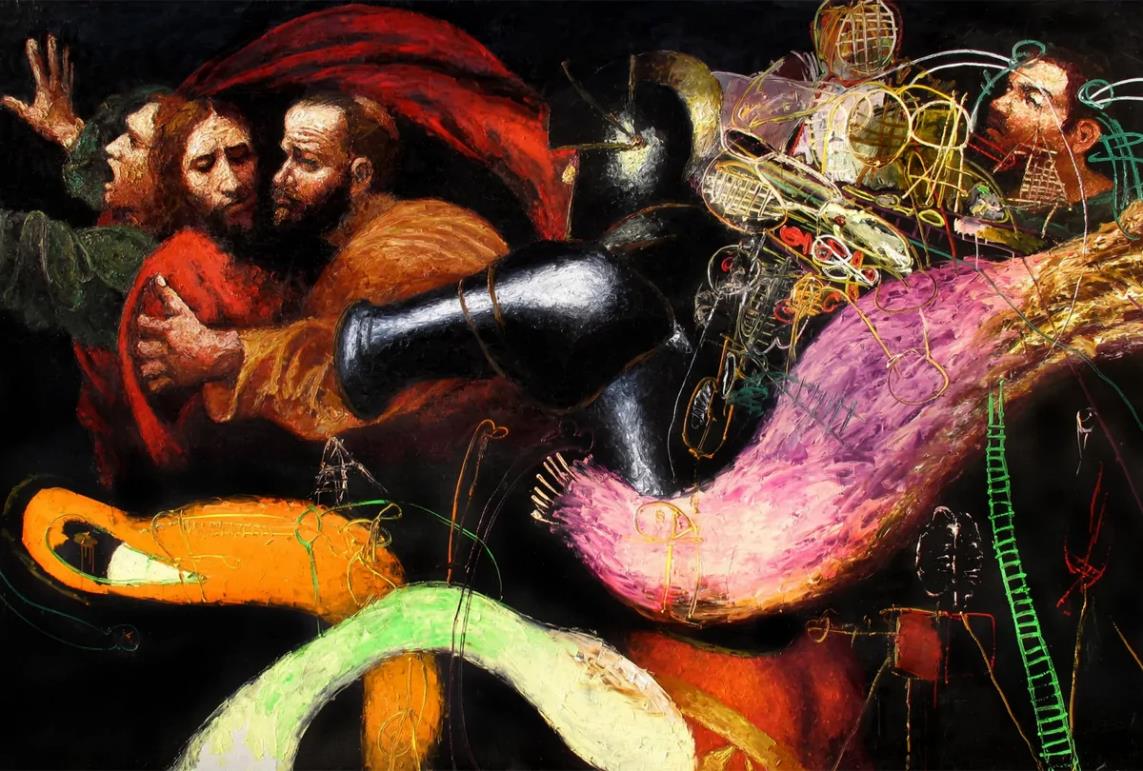
6. Which of his works best conveys his relationship with Odessa?
 in the City_1760283845.jpg/F9x5BOnjdU67cEJCHYraxVmTk4tBTolJqV1quUCF.jpg)
We also recommend revisiting Roitburd’s landmark video piece, “The Psychological Invasion of the Battleship Potemkin into the Tautological Hallucinosis of Sergei Eisenstein” (1998): Watch here.
7. Is there a work of his that seems prophetic or especially relevant today?
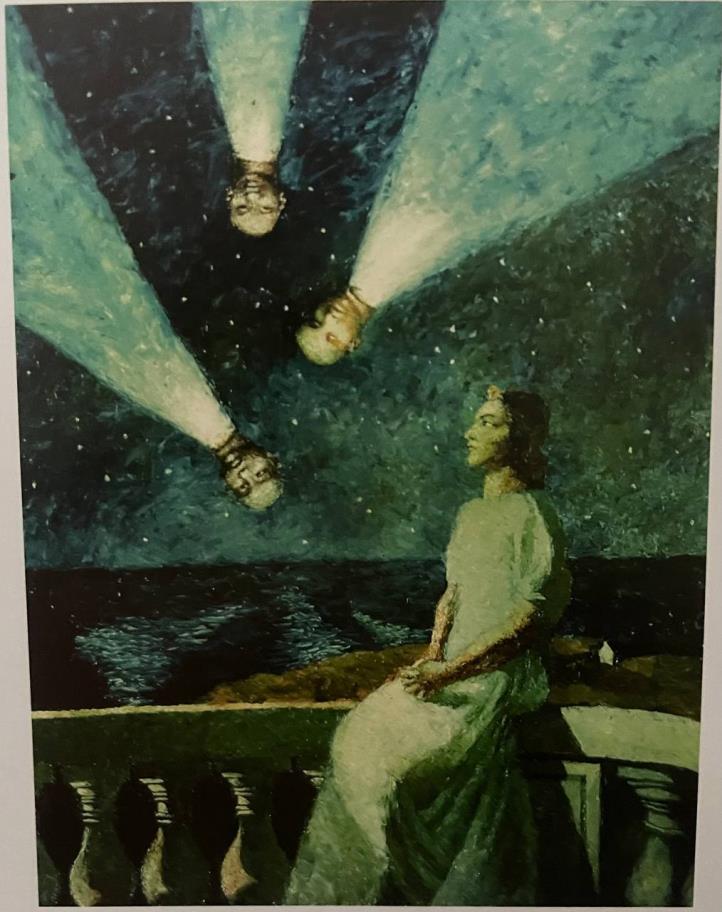
8. Which painting would you show to someone encountering Roitburd’s art for the first time?
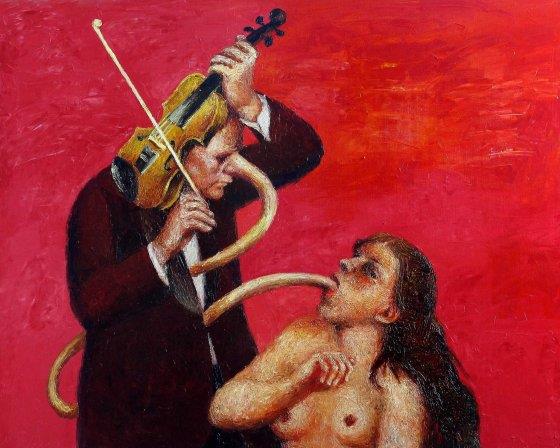
9. In which of his works is his philosophical worldview most evident?
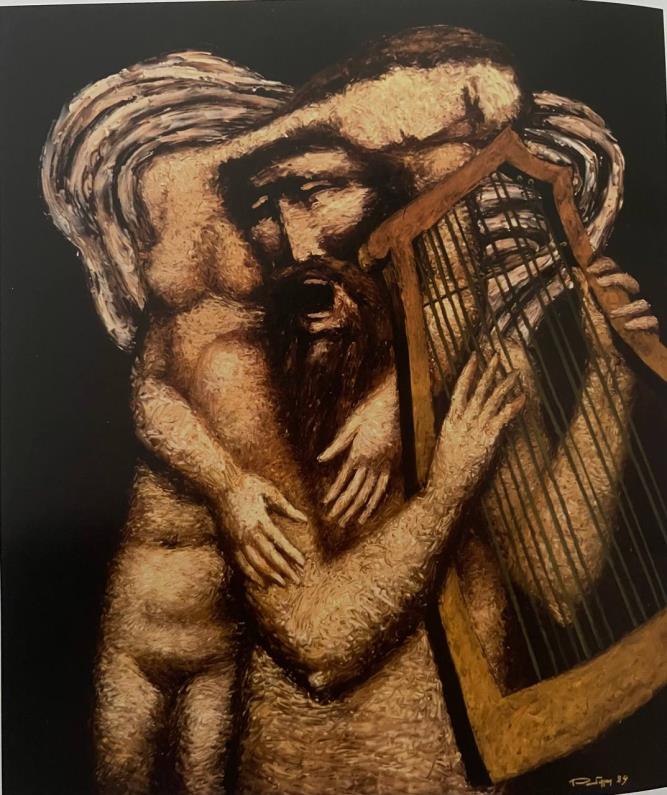
10. Which of Oleksander's works best conveys his attitude toward religion?
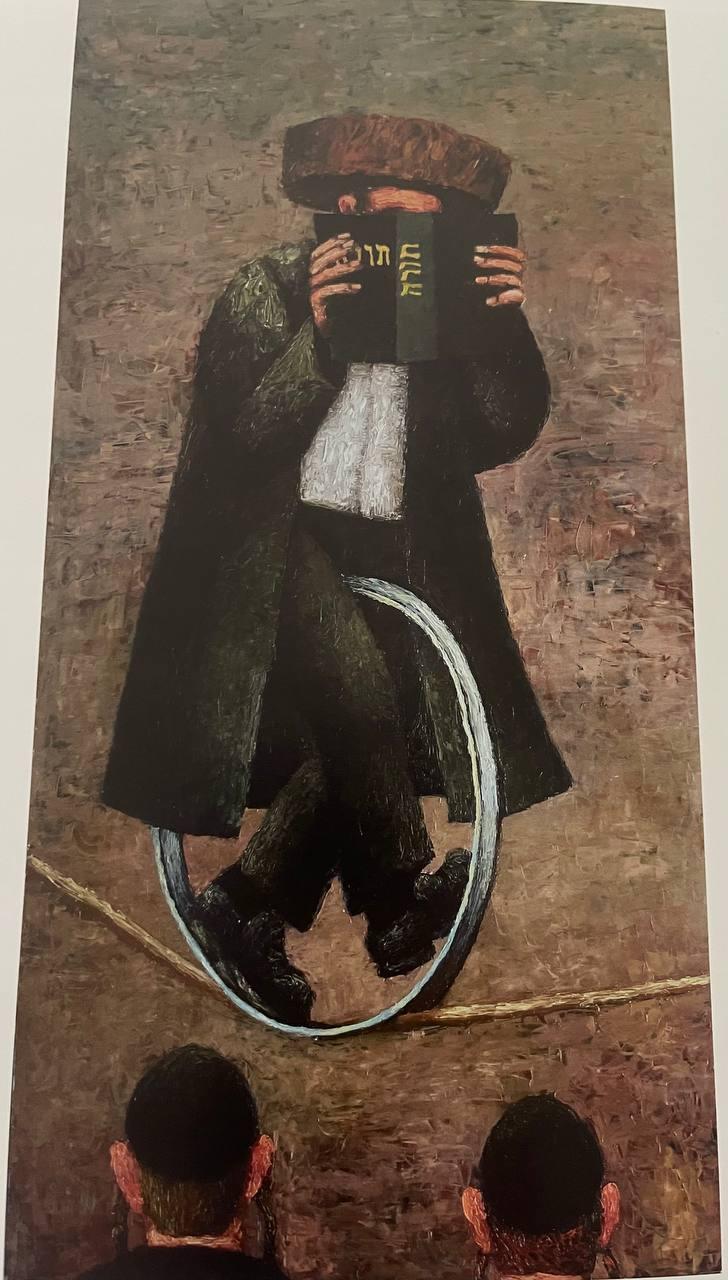
11. Which painting did Roytburd himself consider the most important in his oeuvre?
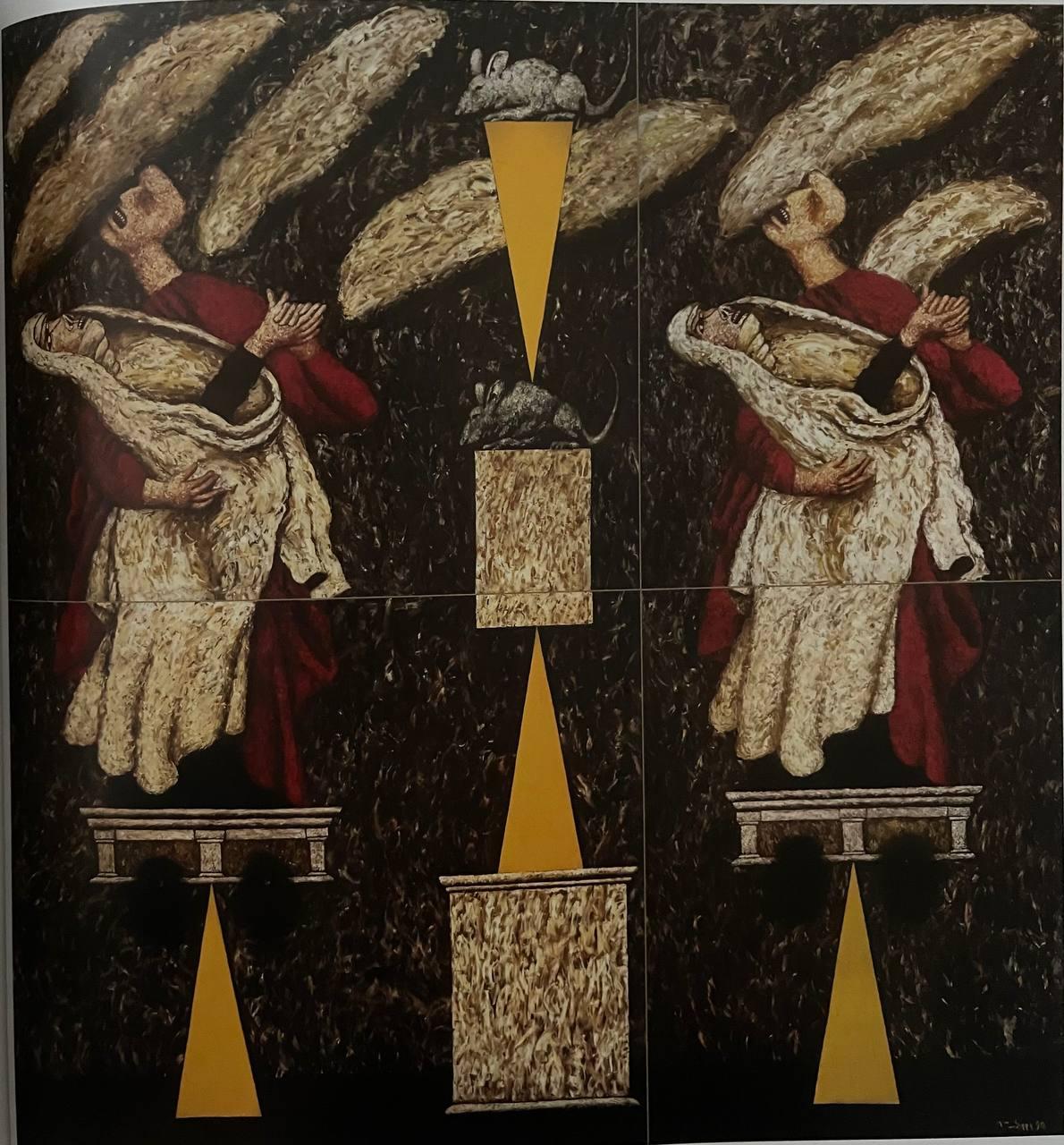
12. If Oleksandr Roytburd could choose one painting to “sign” his life, which would it be?
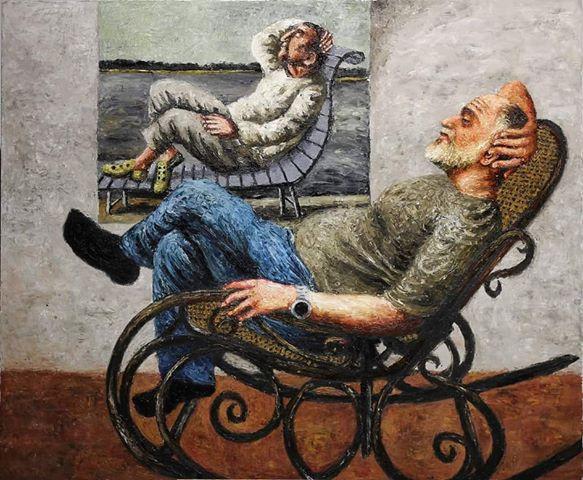
Conclusion
Today, as we continue to ask ourselves about the meaning of art, the role of the artist, and the ways a city preserves the memory of its geniuses, the figure of Roytburd resonates with particular force. His legacy lives on — in galleries, in debates, in the hearts of Odessans, and far beyond the city’s borders. And in dialogue with his works, we see not only the story of one artist, but also the reflection of a time, a country, and of ourselves.
